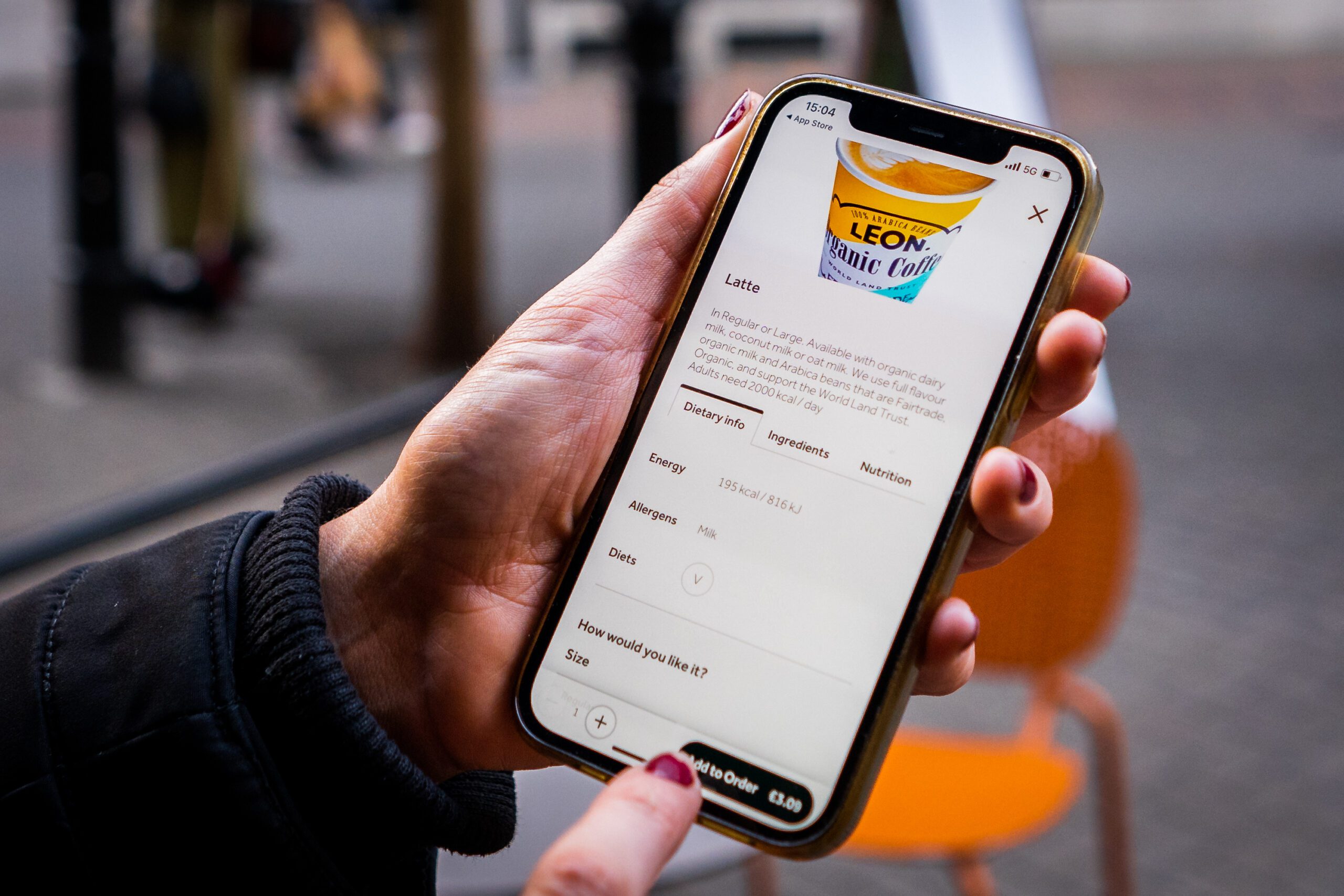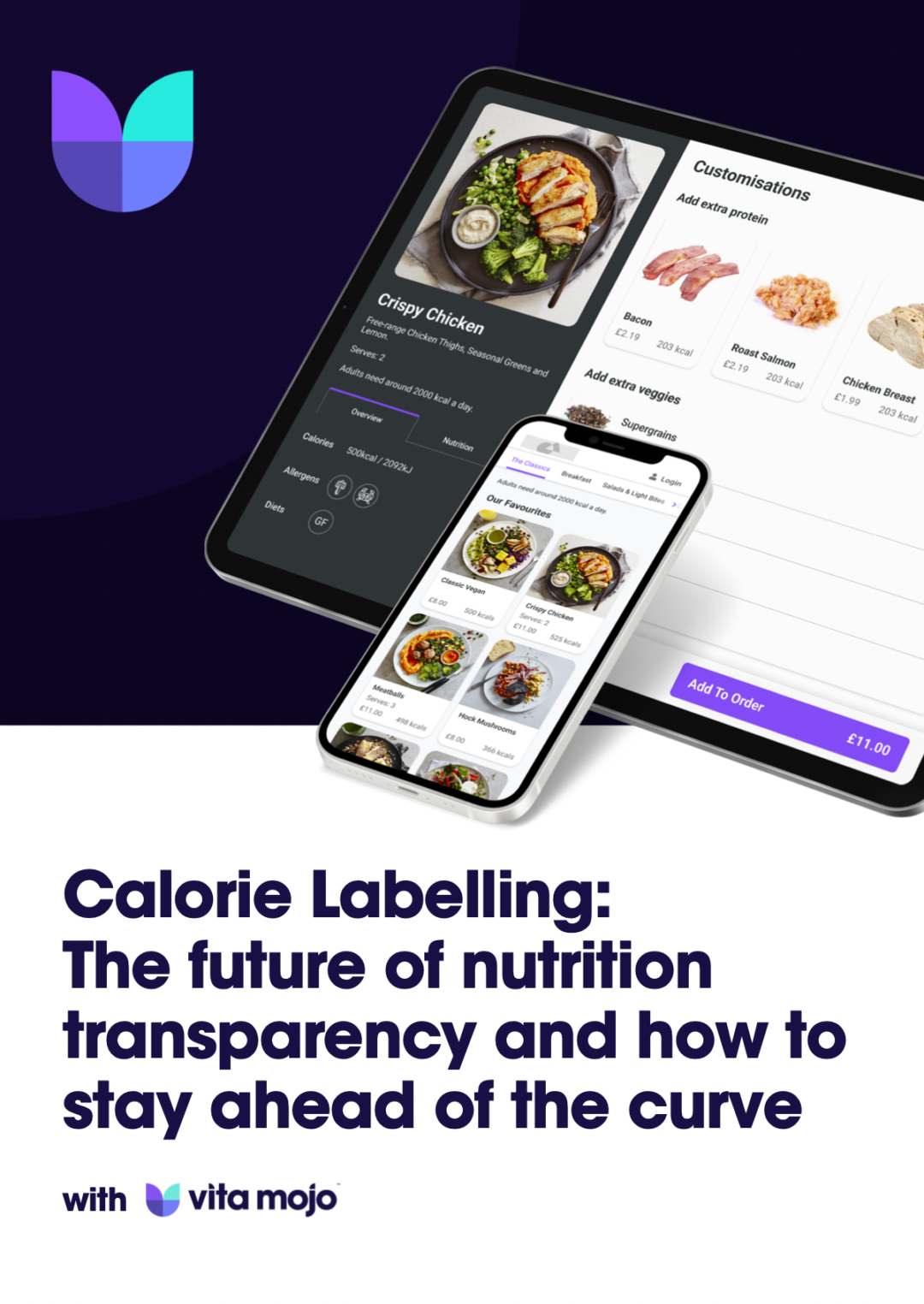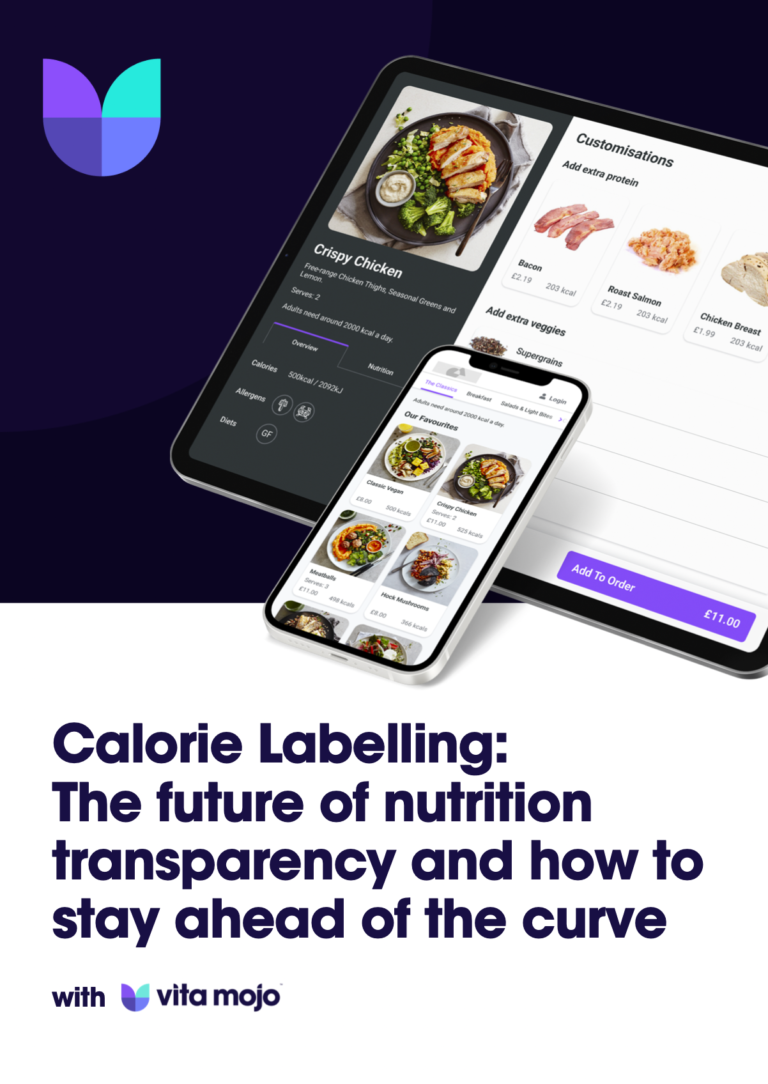In April 2022, the UK government introduced new calorie labelling legislation.
The law now requires hospitality businesses with over 250 employees to display the calorie count for all menu items, with businesses risking fines if they don’t comply.
The changes added a new level of complexity to the menu management process. With operators continuing to face significant time pressure from both the labour shortage and inefficient processes, keeping calorie labelling compliant can become a frustrating time-sink.
The good news? It doesn’t have to be.
A year on from the introduction of the legislation, we’re taking a deep dive into calorie labelling to help put your mind at rest that you’re doing everything right, in the easiest way.
So now’s the time to check: is your operation still calorie compliant?
What are the calorie labelling laws?
Food for immediate consumption
The following rules cover food and drink sold for ‘immediate consumption’. This means food which is intended to be consumed on the premises on which it is sold, or takeaways that don’t require any preparation by the customer.
1. Calorie information must be displayed at ‘point of choice’
Calories must be clearly labelled in on physical menus, online menus, food delivery platforms and next to the physical item if it’s being chosen from a display stand.
- Calorie information must be displayed in kilocalories (kcal)
- Calories must be ‘easily visible, clearly legible, and not in any way hidden or obscured’
- The legislation recommends using the same font or type of lettering, colour, size and background of the description or price of the food item
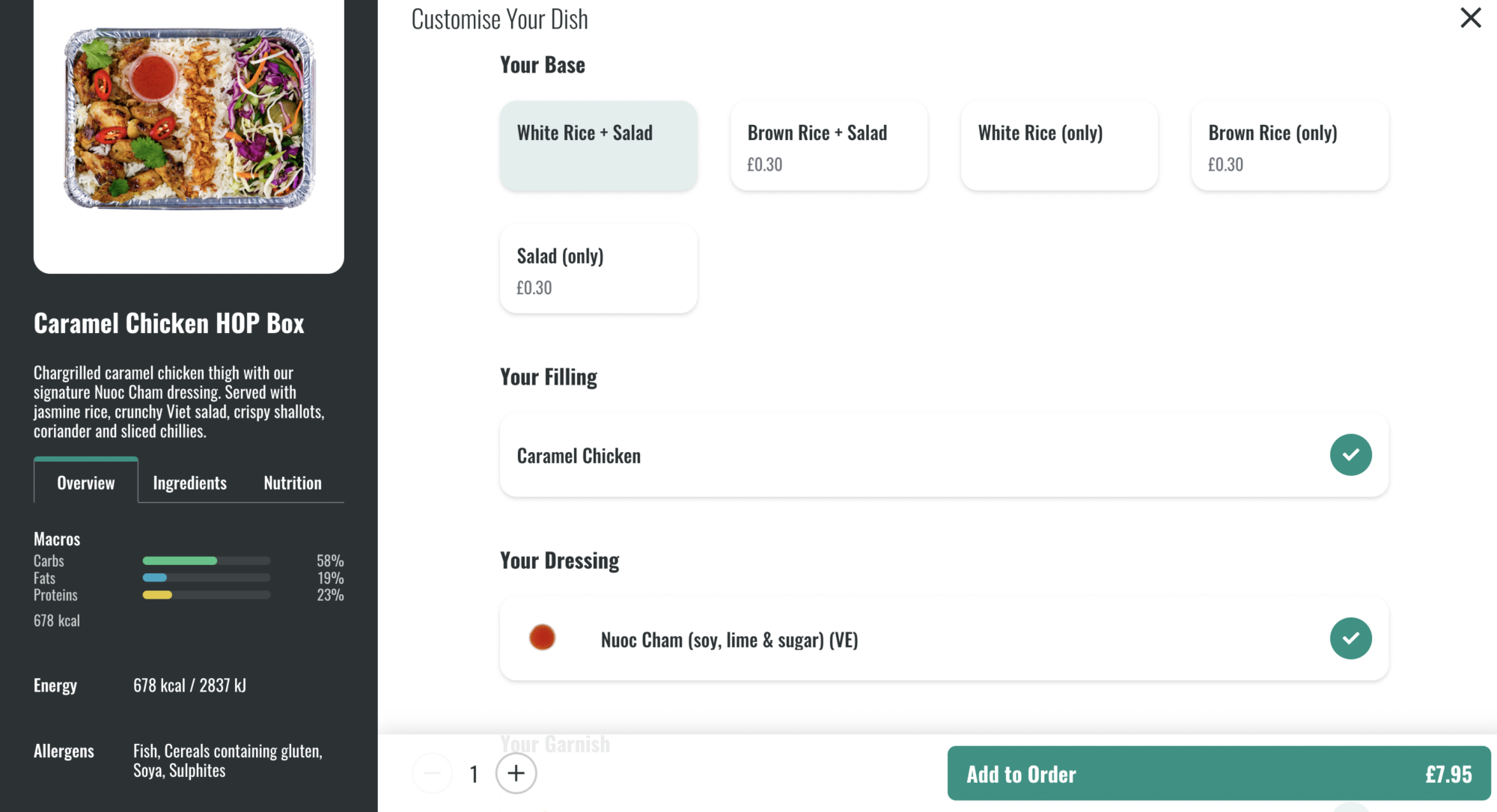
2. Menus must include the statement ‘adults need around 2000 kcal a day’
Operators must display this statement ‘prominently at the point where people are choosing what to buy’ – e.g the screen if it’s a digital menu, or on each side of a physical menu.
The 2000kcal messaging doesn’t need to be included on children’s menus as the calorie needs of children are less.
3. Portion sizes must be outlined
If an item is intended for multiple people i.e. a sharing platter, calorie information must be provided for the whole item as well as information on how many people it is intended to serve. For example: 16 chicken wings, 1000 kcal, serves 4.
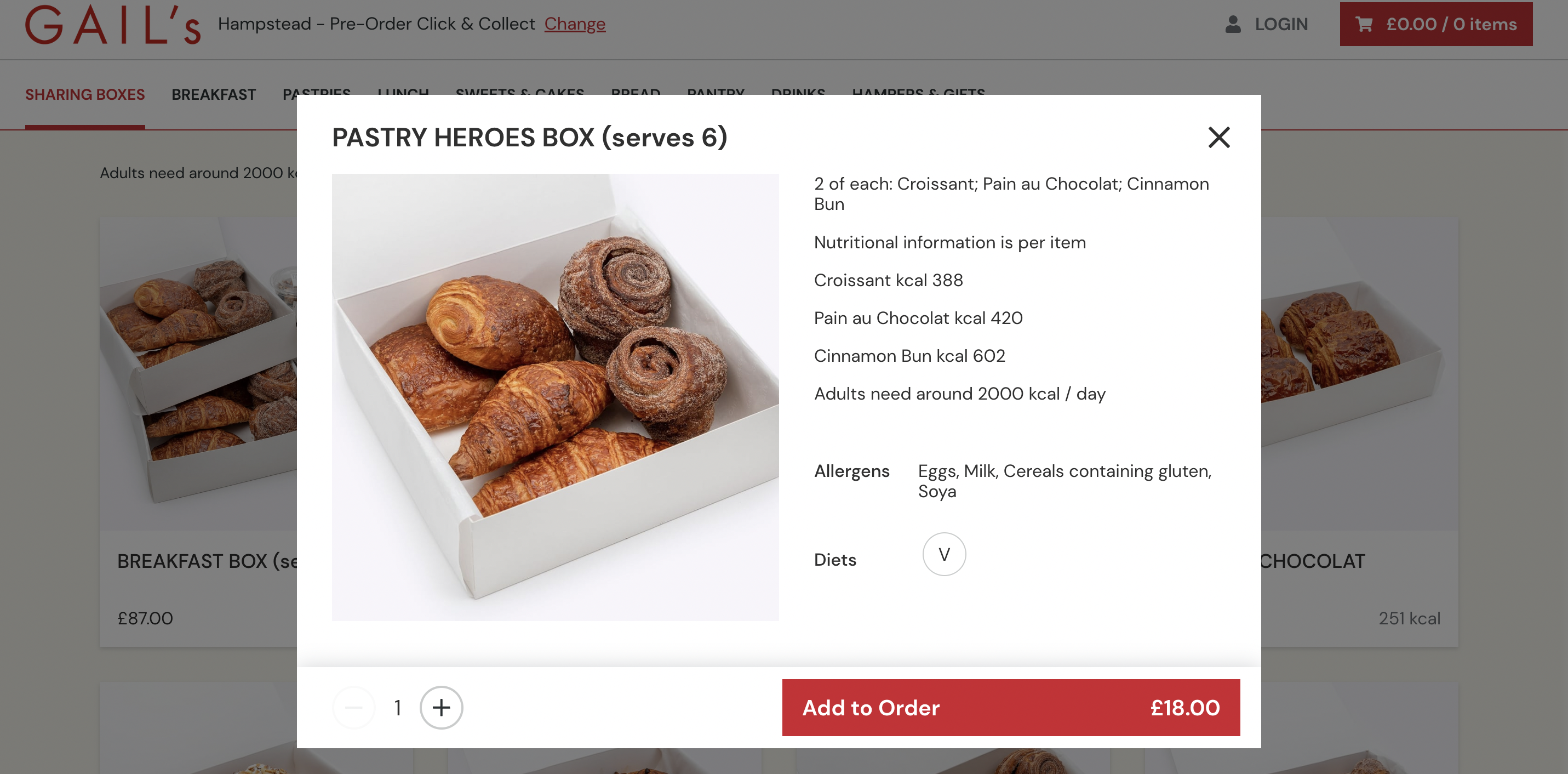
What happens if operators don’t meet the calorie labelling regulations?
To enforce the legislation, Enforcement Officers check how businesses have calculated calories, whether they are displaying them correctly, and whether they’re displayed on any online platforms (including third-party delivery).
Any person who fails to comply risks a fine of £2,500 as an alternative to criminal prosecution.
By not providing nutritional information, operators run the risk of fines, disappointing customers and losing their competitive edge in the process.”
The calorie labelling action plan: your step-by-step guide
Making your menu compliant can be a time consuming process, particularly if your menu is complex.
But thanks to technology, you can streamline every aspect of the nutrition labelling process – from automatically calculating calorie amounts for your meals, to managing information on multiple menus in just one click.
Make sure you’re staying calorie compliant the easy way with our action plan below:
1. Establish your current position
Start with a deep dive into your current process and capabilities, and try to spot inefficiencies that might be slowing down your calorie labelling strategy.
How do you display nutrition information?
- Have an audit of all the places you display your menu, e.g physical, digital, third party websites and delivery platforms.
- Who updates nutritional information on menus? How much time do they dedicate to updates?
- Does your digital ordering platform support the display of nutritional information, and how does this affect the way your menu looks?
- Do you offer meal deals, customisations or different sizes? If so, is the nutrition information for these variations kept accurate?
How do you calculate calories?
- Do you source ingredient information in a digital format to keep things more efficient?
- Does your supplier dataset provide complete calorific/nutritional information of ingredients?
- Are all your recipes clearly documented?
- Is there a robust process flow to use/update ingredient information in your recipes?
- Do you have low calorie menu alternatives for calorie-conscious consumers?
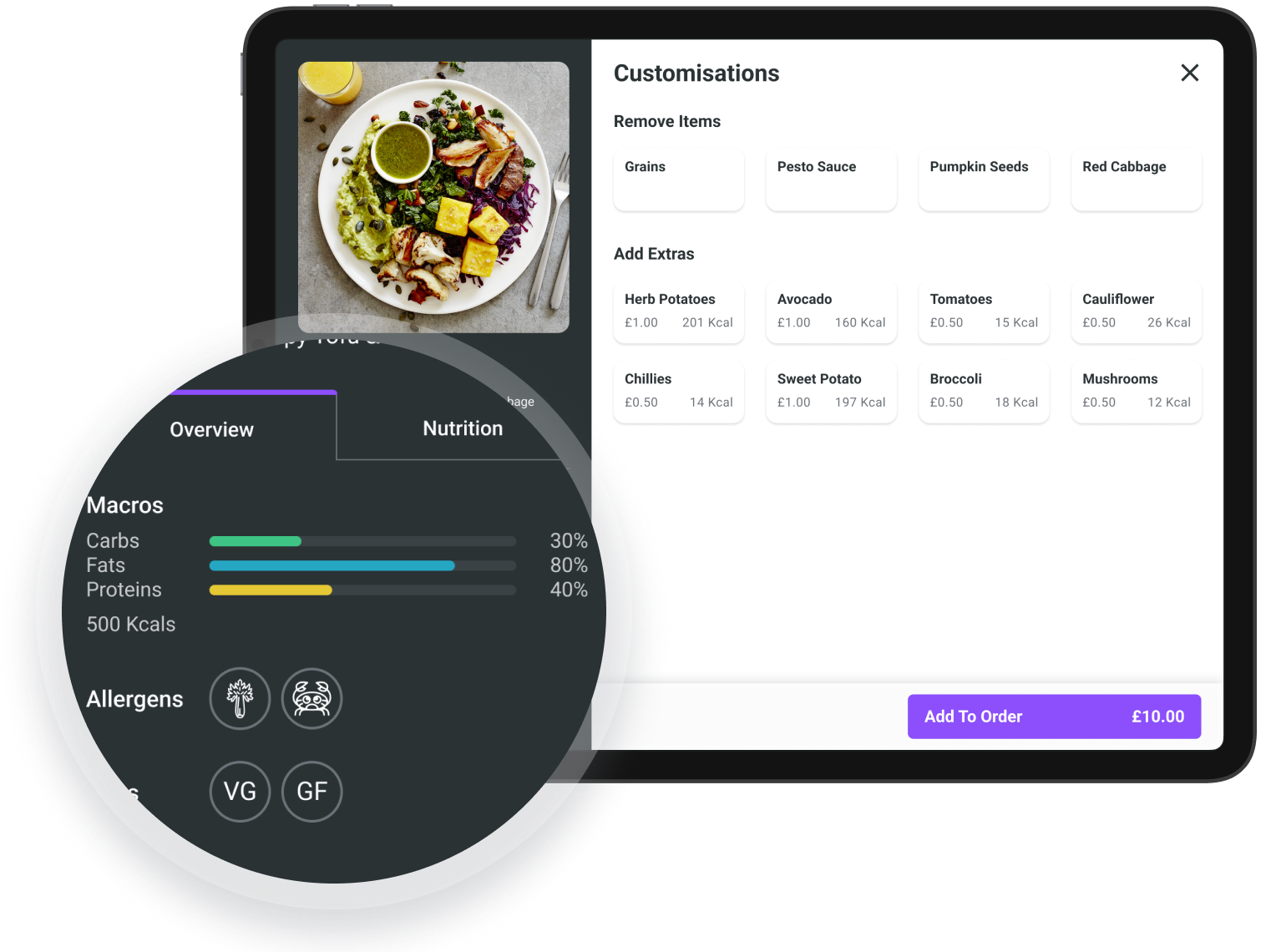
2. Simplify your calorie calculation
According to the Department for Health and Social Care, the information provided to customers should be based on one of the following:
- The manufacturer’s analysis of the food
- A calculation from the known or average values of the ingredients used
- A calculation from generally established and accepted data
The regulations allow for a combination of the above methods across a menu, along with an accuracy margin of plus or minus 20%.
Calculating calories can be a costly and cumbersome task, but it doesn’t have to be. Using a nutrition system or calorie labelling partner can break the entire process into manageable chunks and set you up for an efficient process for future menu updates.
How to approach calorie labelling: Q&A with Kafoodle
We caught up with the Operations Director of smart recipe management tool Kafoodle to get her take on simplifying calorie calculations.
Get all the insights and tips from Sarah Dovey in our full nutrition labelling guide.
3. Choose the right tech partner
Working out nutritional information and then displaying it in the right way is complicated undertaking for any hospitality business. The right technology will streamline and speed up the operational process, but how can you choose the one that’s best for you?
There are some basic principles that you can apply across the board when choosing a digital ordering partner.
Look for powerful nutrition features
You need to be able to display calories and the statement ‘adults need around 2000kcal a day’ at the point of choice.
This is simple for some items, but most menus have more complex options:
- Meal deals where you need to display calories for each item
- Coffee with different milk or size options e.g. large oat milk flat white
- Meals where you can make customisations or add extras e.g. ‘build your own salad’
Look for technology that can display this dynamically through the customer journey – without having to invest huge time and effort in manually updates.
Think about customer journey
It might sound counterintuitive, but you should also think beyond compliance.
How and where you display calories has a significant impact on your customer journey. Display nutrition in a way that complements the presentation of your menu. A tech platform with flexible UX will enable you to create the perfect customer journey.
Manage multiple menus in one click
Clever menu management will reduce the operational burden of displaying accurate nutrition across multiple menus. Look for a provider that can manage nutrition in a central place and then ‘push’ this information to your different menus.

Find out how industry leaders approach calorie labelling in our full guide:
Operators have plenty of time-consuming tasks they need to juggle: staying calorie compliant doesn’t need to be one of them.
Book a chat with one of our hospitality tech experts for a practical look at your current nutrition labelling process, and get help to spot inefficiencies and make staying compliant easier.
Speak to a member of the team
Talk to the Vita Mojo team today and see how our technology can elevate your brand, drive sales performance and increase efficiency across your business. Just leave a few details and we’ll get back to you as soon as possible.
